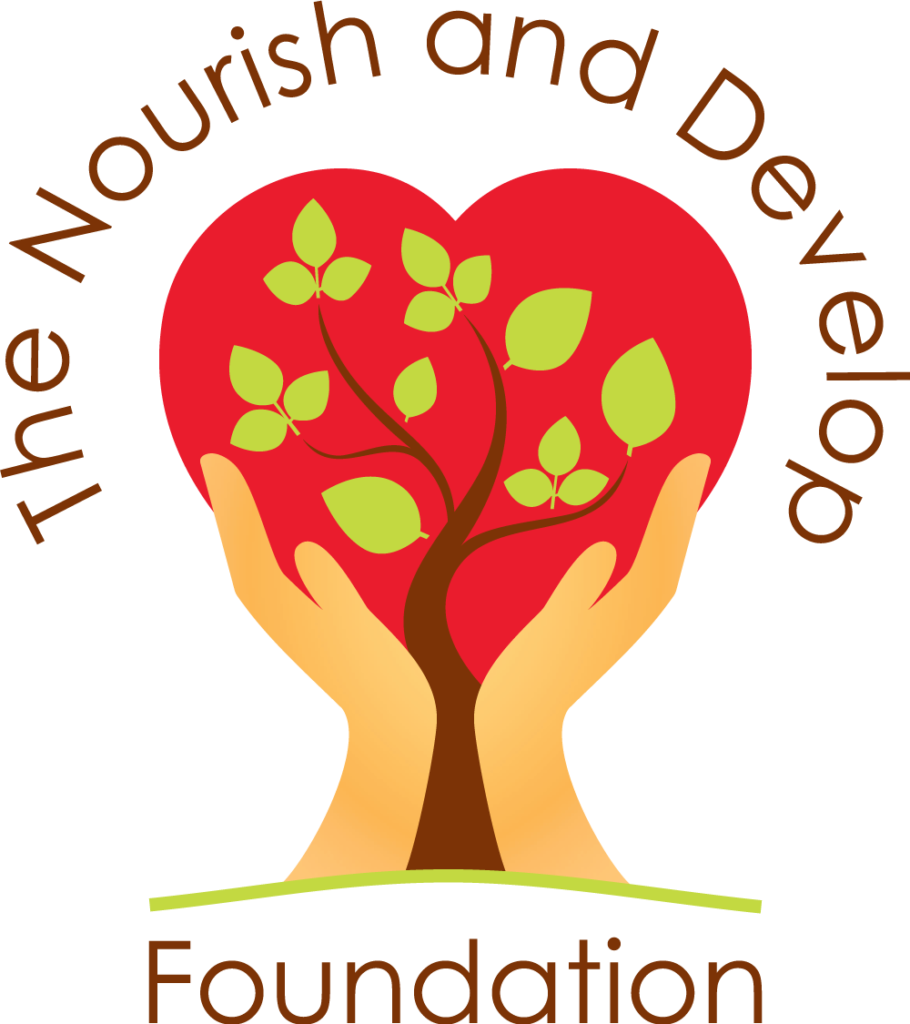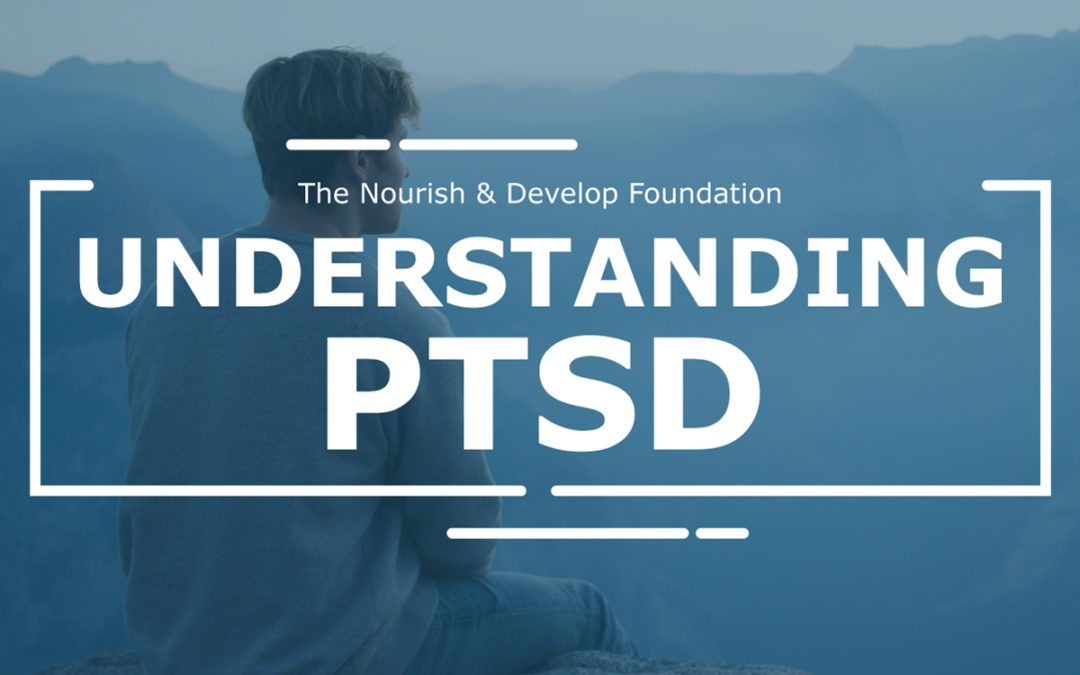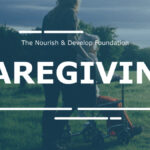Post-traumatic Stress Disorder was previously associated solely
Re-Experiencing the Event
- Flashbacks
- Bad dreams
- Frightening thoughts
- Intense mental and/or physical distress when thinking about the event
Alienation and detachment
- Trouble remembering key features of the traumatic event
- Negative thoughts about oneself or the world
- Distorted feelings like guilt or blame
- Loss of interest in enjoyable activities
Changing Routine
- Staying away from places, events, or objects that serve a reminder of traumatic event
- Avoiding thoughts or feelings related to the traumatic event
- Emotional numbness
- Resisting remembering or talking about the traumatic event
Constant State of Stress and Anger
- Being easily startled
- Feeling tense or on edge
- Having difficulty sleeping
- Irritability, recklessness, and angry outbursts
To be diagnosed (by a medical professional such as a psychiatrist or psychologist), adults must experience
- At least one intrusion symptom
- At least one avoidance symptom
- At least two arousal and reactivity symptoms
- At least two cognition and mood symptoms
for at least one month with interference to daily life such as in work or relationships. The symptoms usually appear within three months of the traumatic event but may show up years afterwards.
In children (less than 6 years old), symptoms often present
themselves differently and may look like:
- Wetting the bed despite being potty trained
- Being unusually clingy with a parent or other adult
- Acting out the scary event during playtime
- Forgetting how or being unable to talk
- Having nightmares and trouble sleeping
- Acquiring new phobias and anxieties that seem unrelated to the trauma
- Experiencing aches and pains without an apparent cause
Include but are not limited to:
- Natural disasters (fires, floods, tornados, etc.)
- Military combat
- Childhood abuse and neglect
- Violence, injury, or death
- Accidents (car crashes, work injuries, burns, etc.)
- Rape or sexual assault
- Serious illness
- Torture
- Childbirth experiences (pregnancy complications, loss of child)
Though about one third of Canadians report experiencing a traumatic event, 1 in 10 Canadians may develop Post-traumatic Stress Disorder at some point in their lives. The likelihood of this occurring increases when:
- A history of mental illness and substance use problems exists
- Additional stressors are experienced after the event
- Feelings of helplessness, extreme fear, shame, or responsibility are present
- There is insufficient social support
- Trauma has been previously experienced or is ongoing
Treatment
Everyone has a unique experience, and the type and length of treatment will differ for every individual. It is a gradual, ongoing process, but early intervention can prevent symptoms from worsening.
Medication
Unfortunately there is no medicine available to specifically treat Post-traumatic Stress Disorder, so medications are used to manage some of the challenging symptoms of depression, anxiety, and sleep difficulties. Medications are best used in combination with psychotherapy. Some of the more popular prescriptions are antidepressants (selective serotonin reuptake inhibitors like Setraline and serotonin-norepinephrine reuptake inhibitors like Venlafaxine).
Psychotherapy
Trauma-Focused Cognitive Behavioural Therapy is one type of therapy used that can provide education about trauma, practice relaxation and anger management skills, learn how to identify and deal with feelings of guilt and shame, help process the event, and facing reminders of the trauma in a safe space while changing thought patterns and behaviour responses. Forming a trauma narrative allows people to make sense of their experiences and can be cathartic.
Self-Help
A traumatic event cannot be altered or undone, but lifestyle adjustments can be made moving forward. Consuming a balanced diet, avoiding alcohol and drugs, getting regular sleep, and exercising can prevent some of the physical health issues that are associated with Posttraumatic Stress Disorder like cardiovascular disease and arthritis. Other protective and coping strategies include spending time in nature and joining a support group or having reliable friends and family to lean on.
Resources
Traumatic stress: effects on the brain
Sources
https://www.nimh.nih.gov/health/topics/post-traumatic-stress-disorder-ptsd
https://www.camh.ca/en/health-info/mental-illness-and-addiction-index/posttraumatic-stress-disorder
https://www.helpguide.org/articles/ptsd-trauma/ptsd-symptoms-self-help-treatment.htm



